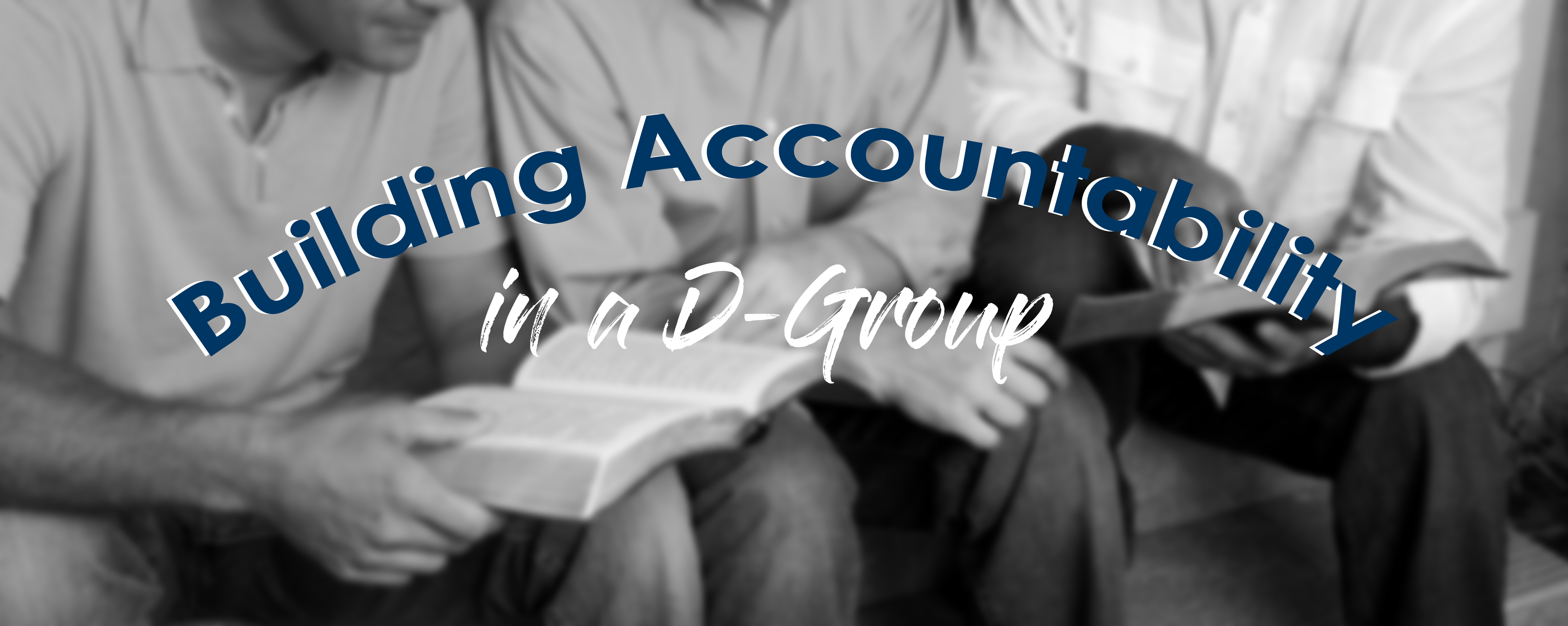
Make sure you read parts 1 & 2 to know the process.
Week #2
To begin this week, repeat the same introductory comments and basic instructions from last week. This week the class/group will identify both friends and co-workers who are not Christians. Give each person three blank sheets of paper and a pen. Ask everyone to draw a circle and then to write their own name in the circle. After everyone has completed this step, ask them to draw another circle around the first circle and to draw four blank lines inside the larger circle. Instruct everyone to write the names of their four closest friends in the four blanks. Say, “Now place a check mark by the names of your friends you know are Christians and active members of a church.”
After completing the first part of this week’s process, ask everyone to take the second sheet of blank paper and to draw a small box. The box will represent their place of work or their desk at work. Now ask them to draw a box above their box, another below their box, and then one to the right and one to the left of their box. Instruct everyone to write the names of the people they work with in the four boxes. After everyone has completed writing names, invite them to place a check mark by the names of those they know are Christians and active members of a church. Unchecked names on both sheets should be considered prospects.
After each person has completed placing the check marks on their circles and workplaces, ask them to take the third blank sheet. The purpose of this sheet is to help each person develop a list from which they will identify their ONE. Ask the members of the group to write the names that are not checked in their first two sheets onto this third sheet. These names can be added to those listed from last week. Ask everyone to pray for those on their list(s). The focus next week will be discovering those relatives and acquaintances who are not Christians. Close in prayer.
Dr. Smith is the lead state missionary with the Georgia Baptist Mission Board and serves the Sunday School, Small Groups, Discipleship and Faith Development Specialist. Visit their website at gabaptist.org/groups/ for more information and other resources to aid your Sunday School or Small Group. Dr. Smith is available for conferences or other speaking opportunities and can be contacted at tsmith@gabaptist.org.



